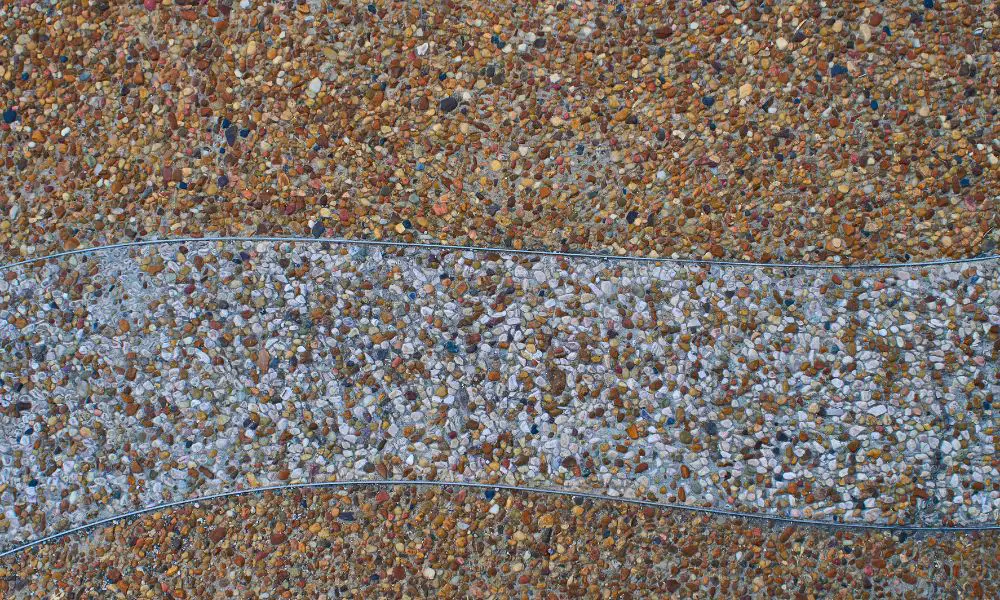

In the age of urban expansion and sustainability, finding innovative ways to pave our cities is essential. One such method that’s been gaining popularity for its aesthetics and durability is resin-bound paving. For those working on development projects, understanding this material is key to developing modern, long-lasting infrastructure. Here’s everything you need to know about resin-bound paving and how it can transform urban spaces.
Resin-bound paving is a mixture of aggregate stones and resin, which provides a smooth, permeable, and visually appealing surface. These materials offer several noteworthy benefits.
Resin-bound surfaces are incredibly robust and capable of withstanding heavy foot traffic and vehicular loads. Its permeability reduces the likelihood of standing water and the erosion of the support layers, resulting in fewer potholes. Plus, resin-bound paving offers a long lifespan that you can count on for years to come. Maintaining a resin-bound surface is simple—regular sweeping and occasional power washing are usually all you need to keep the pavement looking new.
The range of stone choices, from natural gravels to recycled glass, provides a series of color and texture options. This flexibility allows for tailored designs that complement the surrounding environment, making resin-bound paving an attractive choice for architects and designers.
Resin-bound paving is porous, allowing rainwater to infiltrate the ground rather than contributing to runoff, which can cause flooding and strain on urban drainage systems. Also, the use of recycled aggregates and the potential to offset carbon footprints further enhance its environmental credentials.
The smooth, anti-slip surface of resin-bound paving reduces the risk of accidents, a crucial safety feature for high-traffic urban areas. The material’s reflective properties also decrease the need for additional street lighting, saving energy and contributing to sustainability goals.
The installation process for resin-bound paving is meticulous and often carried out by specialists. Here are some basic installation steps to know about.
The result is a seamless, durable finish that’s ready for use after a short curing period.
Along with the benefits and installation procedures, another thing you need to know about resin-bound paving is its versatility. These materials are suitable for a wide range of urban applications, including the following.
Resin-bound surfaces offer a safe and attractive route for pedestrians. They reduce the urban heat island effect by allowing water to penetrate the ground and reflect solar energy.
Resin-bound paving is a popular choice for parking lots due to its load-bearing capacity and the absence of loose stones. It also has a reduced flood risk, keeping parking areas accessible year-round.
The customizability of resin-bound paving allows for creative designs and color palettes. This makes it a great asset in shaping the character of public spaces.
Resin-bound paving is a newer and incredibly useful tool for public spaces and urban development projects. It has all the makings to be a superior pavement solution, propelling many neighborhoods into the future. All you need to do is consider it for your own plans.
Learn essential first-time landlord tips for success, from tenant screening to property maintenance. These strategies…
Every business will produce some form of waste. The real task isn’t preventing waste entirely—it’s…
Custom tailors can create unique garments that complement every inch of your body, and it’s…
Faulty wiring can ruin a perfect restoration. See how original-style harnesses preserve WWII Jeep reliability,…
Make reading more accessible for kids with dyslexia using these nine tools designed to build…
Optimize your food processing facility by better understanding the critical ways gases can impact electrical…